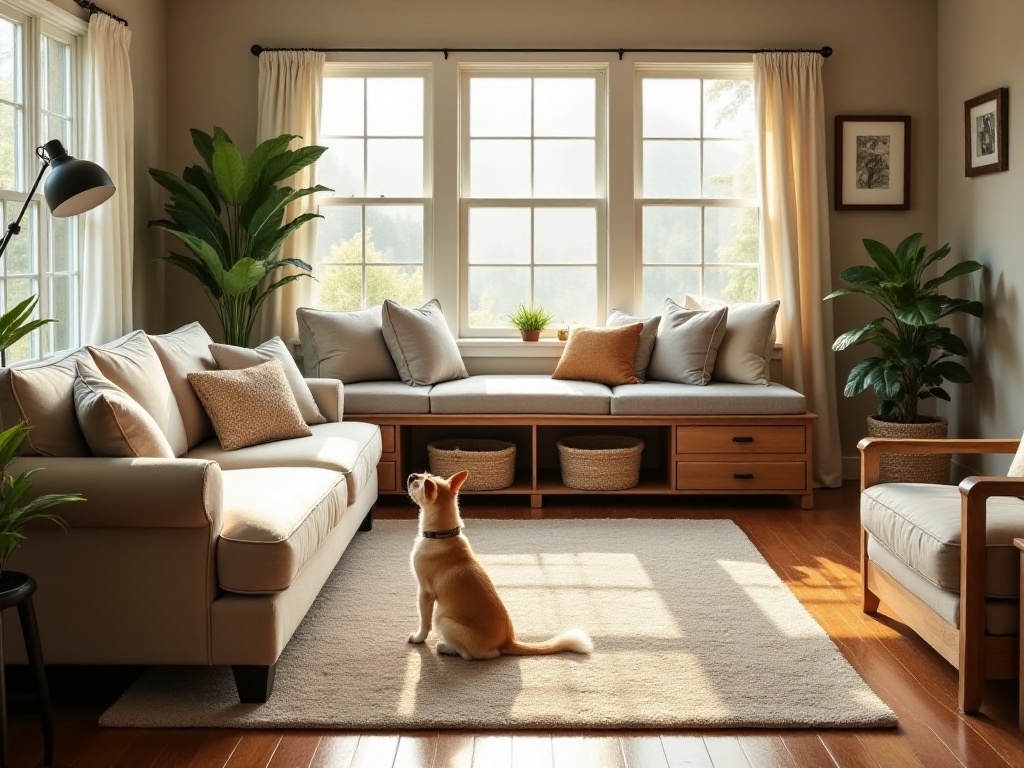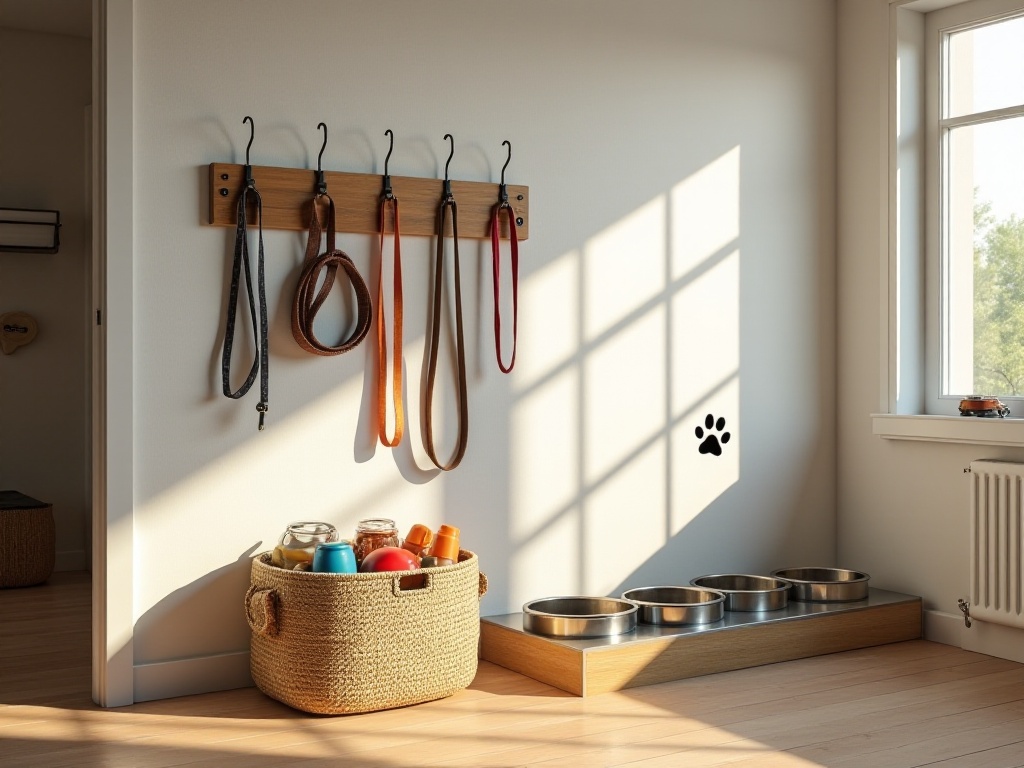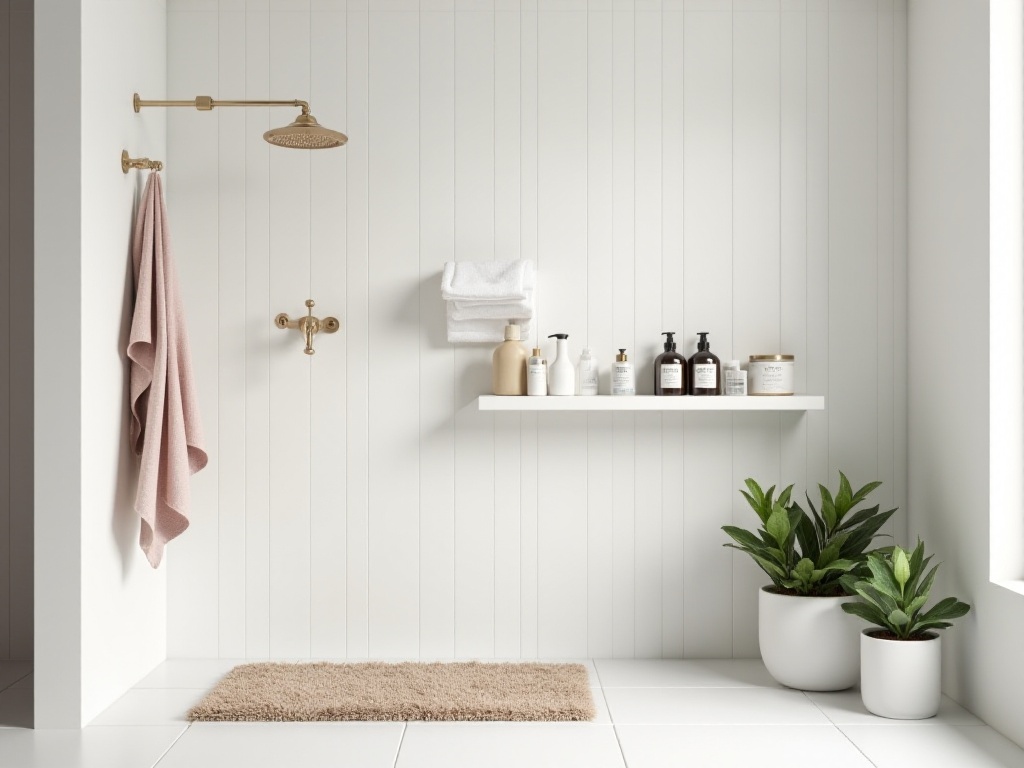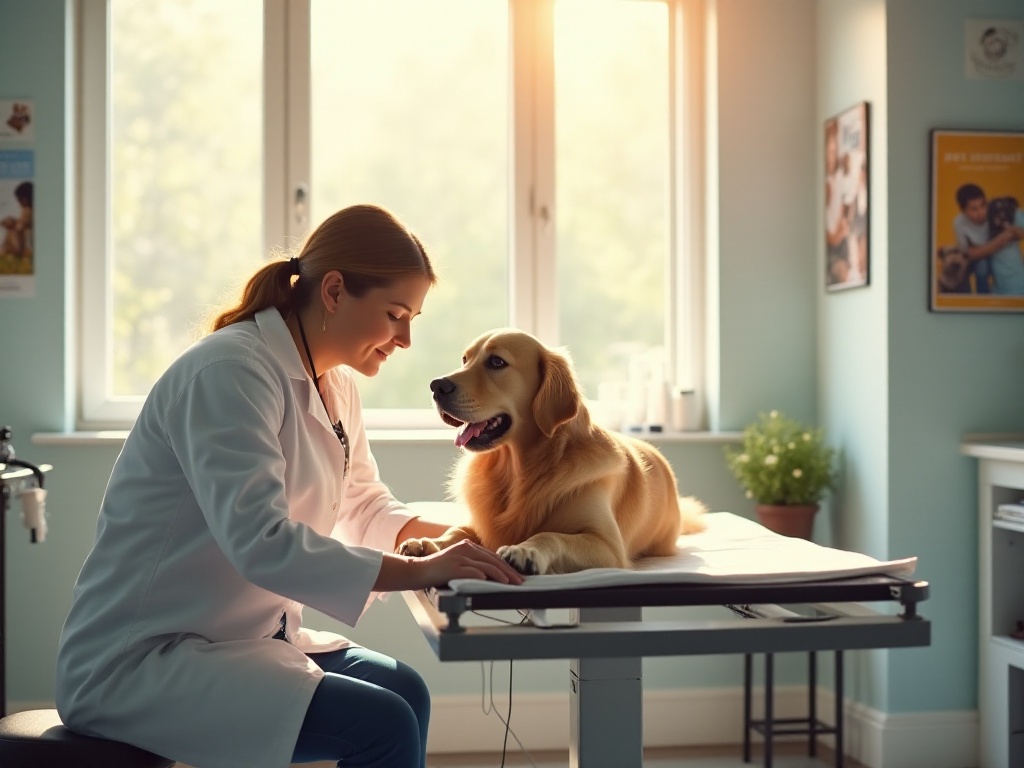Introduction
According to the latest data from China's Pet Industry White Paper, the number of urban households with pets in 2023 has exceeded 100 million, with young people aged 25-35 accounting for 65%. This number increased by 15% compared to 2022 and is expected to continue rising until 2025. More young people are choosing to become pet parents, not only because pets provide emotional companionship but also because they have become an indispensable part of urban life.
As someone who has had cats for ten years and dogs for five years, I've experienced countless moments of joy and challenges. From initial confusion to now being completely at ease, I've accumulated many practical experiences and skills along the way. Today, I want to share these years of insights with everyone, hoping to provide some feasible advice for new pet parents.
Feeding Guidelines
Scientific feeding not only relates to pet health but also reflects the responsibility of pet parents. According to pet nutrition experts, a reasonable feeding plan should include food selection, feeding schedule, and feeding environment setup.
Choosing and arranging the feeding area is the first priority. My "feeding zone" is located next to the entrance, which is not only away from the living room and bedroom but also easy to maintain. The area is equipped with anti-slip mats, food bowl trays, and food storage containers, all made of food-grade materials for safety. I also installed wall shelves to store main food, treats, and supplements separately, making it both neat and practical.
Regarding feeding times, I follow the principle of "fixed time and fixed quantity." Using a smart automatic feeder, the daily food amount is divided into two meals, morning and evening, dispensed at fixed times. This not only cultivates regular eating habits but also prevents missed meals due to the owner's busy schedule. Professional veterinarians indicate that regular eating habits can reduce pet gastrointestinal diseases by 40%.
Water intake deserves special attention. According to authoritative research, cats and dogs need to drink 4-6% of their body weight in water daily to maintain healthy metabolism. For example, a 5kg cat needs to consume at least 200-300ml of water daily. I chose a smart water fountain with volume monitoring, which not only keeps water fresh but also tracks daily water intake. Additionally, the circulating water feature particularly attracts cats, as they naturally prefer moving water sources.
For pets that eat too quickly, I've developed several practical "slowing down" methods. First is choosing appropriate feeding tools, such as slow-feeder bowls with maze-like designs that effectively extend eating time. Second is changing the feeding method by spreading food in multiple locations, allowing pets to eat while searching, which both controls eating speed and increases exercise. Through this method, my Golden Retriever extended his eating time from 5 minutes to 15-20 minutes, greatly improving digestion.
Treat selection beyond main meals is also crucial. Not all pet treats on the market are suitable for daily feeding. I recommend choosing natural, additive-free dried meat and fish, limiting daily treats to 10% of main meals. Also, keep track of treat expiration dates and regularly check storage conditions to avoid spoilage.

Environmental Setup
A comfortable and safe living environment not only makes pets happy but also greatly reduces the owner's care burden. Through years of practice, I've developed a complete environmental setup plan.
The entrance area design is crucial. I set up a multifunctional storage station at the entrance, including a shoe cabinet converted for cleaning supplies storage, wall-mounted walking gear hooks, and a dedicated pet towel drying area. This arrangement ensures efficient cleaning after each outdoor trip. To prevent pets from rummaging through items, storage cabinets are made of scratch-resistant materials and equipped with child safety locks.
The living room is the main area for human-pet interaction, so balance between safety and practicality is particularly important. I placed waterproof, non-slip mats around the sofa to protect the floor and make cleaning easier. Furniture with rounded corners was chosen to avoid injuries from sharp edges. Scratch boards were installed in corners to protect walls while satisfying cats' natural scratching needs.
Rest area setup requires careful consideration. I prepared two sets of bedding for different seasons: cooling mats for summer and warm fleece beds for winter. Bed locations avoid direct air conditioning while maintaining ventilation to prevent skin problems. Additionally, water stations are set up in different areas for convenient hydration.
Cleaning area planning needs to be especially detailed. I designated a specific pet cleaning area in the bathroom, equipped with an adjustable height bathing station, professional hair dryer stand, and classified storage cabinets for grooming supplies. Storage space under the bathing station holds spare towels and bath supplies. Wall-mounted retractable clotheslines facilitate drying pet items.
For indoor activity spaces, safety hazard prevention is crucial. All outlets have protective covers, electrical wires are secured in wall-mounted conduits to prevent chewing, windows have protective screens, and balcony railings are heightened to prevent falls. Indoor plants are carefully selected to ensure they're non-toxic.
Storage system design is also key. I use a zone-based storage approach, separating daily supplies, medical supplies, and toys. Each storage box is labeled with item names and expiration dates. Regular organization and inventory ensure timely replacement of expired items. This management method saves time finding items and ensures safe usage.

Health Management
Scientific health management is key to successful pet care. According to American Veterinary Association research, pets receiving regular check-ups live 2-3 years longer than those without regular examinations, clearly demonstrating the importance of health management.
Vaccination is the first line of defense in health management. Different age groups require different vaccination schedules: puppies/kittens (0-4 months) need basic immunizations, including combination vaccines and rabies shots; adults need annual boosters; seniors require adjusted schedules based on health conditions. I recommend keeping vaccination records in a visible location and setting phone calendar reminders to avoid missing appointments.
Daily observation is also an important part of health management. I record daily food intake, bowel movements, and energy levels. Using a dedicated notebook or mobile app provides clear insight into pet health changes. For example, when my cat recently showed decreased appetite, checking records revealed it was normal during teething, which put my mind at ease.
Regular deworming is equally important. Create an appropriate deworming schedule based on pet age and living environment. Indoor pets should be dewormed every 3-4 months, while those with more outdoor activity may need more frequent treatment. Consult professional veterinarians for deworming medication selection, as dosage varies by weight.
Dental care is often overlooked by pet parents. Research shows over 80% of adult pets have some degree of periodontal disease. I use a combination of "brushing + chew toys": brushing teeth nightly while providing professional dental chews. Though there may be initial resistance, they gradually accept it with persistence.
Regular check-up scheduling should be based on age and health status: - Puppies/Kittens (0-4 months): Monthly check-ups focusing on growth and development - Growing pets (4 months-1 year): Quarterly check-ups monitoring skeletal development and sexual maturity - Adults (1-7 years): Semi-annual check-ups focusing on parasites and chronic diseases - Seniors (7+ years): Check-ups every 3-4 months focusing on heart, liver, and kidney function

Practical Tips
In daily care, certain tricks can make work more efficient. These are experiences I've gathered through repeated practice.
For handling fur issues, besides regular rubber gloves, I've discovered some clever tricks. Wrapping vacuum cleaner heads with plastic wrap better captures floating fur. Using static dust sheets to wipe furniture effectively collects loose fur. For light-colored fur on dark carpets, rubbing balloons creates static electricity for collection.
Bath time tricks are also useful. Sticking a peanut butter-covered suction cup on the bathroom wall distracts pets, making bathing smoother. For cats, first filling the tub with a layer of warm water helps them adjust gradually. When using professional pet dryers, monitor temperature and distance to avoid skin burns.
Cleaning supply selection is crucial. I recommend natural cleaning products like vinegar and baking soda mixtures, which deodorize without harming pets. Choose alcohol-free pet deodorizing sprays to avoid skin irritation. Floor cleaners should be bleach-free since pets often lick their paws.

Conclusion
Pet care is both challenging and enjoyable. Through years of experience, I've deeply realized that daily care won't become a burden with the right methods. Every improvement in detail can make life better for us and our furry friends.
As a senior veterinarian once said: "In pets' eyes, we are their whole world. Taking good care of them is the best response to this trust." This quote continues to motivate me to perfect every care detail. I hope these experiences help more pet parents make their lives with pets easier and more enjoyable.
The journey of pet care has no endpoint, only continuous improvement. Let's work together to create better living environments for our furry friends, making this companionship warmer and longer-lasting.



